When choosing the perfect tree for your garden, understanding growth rates is essential for planning and design. Whether you’re looking for an elegant shade tree, a compact evergreen for screening, or a unique feature to enhance your landscape, knowing how quickly or slowly a tree grows can significantly impact your decision. This guide will explore growth expectations for different species, including the Cupressus Better Green, Magnolia 'Teddy Bear', and Acer Palmatum. By understanding these growth rates, you can create a garden that thrives over time, with trees that suit your immediate and long-term landscape goals.
What Factors Affect Tree Growth Rates?
Before diving into individual species, it’s important to note that several factors influence tree growth rates:
- Soil quality: Well-draining soil rich in organic matter can accelerate tree growth.
- Water availability: Regular watering is crucial, especially for younger trees.
- Sunlight: Full sun exposure promotes faster growth for most species.
- Climate: Trees suited to the local environment will establish and grow more efficiently.
- Maintenance: Regular pruning and care can boost healthy growth.
By considering these factors alongside your tree selection, you can ensure the best growth outcomes for your garden.
Cupressus Better Green – Canker-Resistant Leyland Cypress
The Cupressus Better Green (Cupressus × leylandii 'Better Green') is an exceptional variety of Leyland Cypress, prized for its canker resistance and vibrant green foliage. This evergreen is ideal for those looking for a fast-growing privacy tree. Cupressus Better Green offers added resilience against diseases, unlike its standard counterparts, making it a reliable choice for luxury landscapes.
Key Facts
- Mature Height: 10–12 meters
- Mature Width: 4–5 meters
- Rate of Growth: Fast (up to 1 meter per year)
- Best Uses: Screening, windbreaks, privacy hedges
- Leaf Appearance: Dense, deep green foliage, soft to the touch
- Tolerates: Poor soils, drought, and coastal conditions
Why It’s Perfect to Add to Your Garden
If you’re looking to create a lush, green privacy screen in a short amount of time, Cupressus Better Green is a superb choice. Its rapid growth means you’ll see significant results within just a few years, offering a stately and luxurious barrier to enhance your outdoor space. This tree thrives in full sun and well-draining soils, and its low-maintenance nature makes it an excellent option for those who prefer a garden that demands little attention. Its disease resistance ensures you’ll enjoy a vibrant hedge for decades without the usual concerns of pests or canker diseases.
Magnolia 'Teddy Bear' – Compact Evergreen with Luxurious Blooms
For a more compact yet equally striking option, the Magnolia 'Teddy Bear' (Magnolia grandiflora 'Teddy Bear') offers year-round beauty with its glossy green leaves and large, fragrant white flowers. Known for its rounded, pyramidal shape, this evergreen makes a wonderful feature tree or an elegant addition to garden borders. It’s slower-growing than the Cupressus Better Green, making it an ideal choice for those seeking a more controlled growth rate.
Key Facts
- Mature Height: 3–5 meters
- Mature Width: 2–3 meters
- Rate of Growth: Moderate (20–30 cm per year)
- Best Uses: Feature tree, garden borders, screening
- Leaf Appearance: Dark green, glossy leaves with copper-colored undersides
- Tolerates: Full sun to part shade, a wide range of soils, heat
Why It’s Perfect to Add to Your Garden
The Magnolia 'Teddy Bear' is perfect for gardens where space is limited, but elegance is essential. Its compact, neat growth habit makes it a beautiful focal point, especially when its large, creamy white flowers bloom. Whether you’re planting it as a feature tree in a front yard or using it to screen off areas of the garden, the Magnolia 'Teddy Bear' is a luxurious addition that requires minimal maintenance. Its moderate growth rate also allows you to control its size over the years, making it an ideal option for smaller gardens or planter boxes.
Acer Palmatum – A Japanese Maple with Striking Autumn Foliage
The Acer Palmatum, known as the Japanese Maple, is revered for its stunning, ever-changing foliage. While slower-growing than other species, its vibrant autumn colors and delicate leaf shape make it a must-have for high-end gardens seeking a touch of refinement. This deciduous tree is ideal for adding year-round interest, particularly in cooler climates.
Key Facts
- Mature Height: 4–8 meters
- Mature Width: 3–6 meters
- Rate of Growth: Slow to moderate (15–25 cm per year)
- Best Uses: Feature tree, shade tree, Japanese gardens
- Leaf Appearance: Deeply lobed leaves, vibrant red, orange, or yellow in autumn
- Tolerates: Well-draining soils, part shade, cooler climates
Why It’s Perfect to Add to Your Garden
The Acer Palmatum is a tree for those who appreciate the finer details in garden design. Its slow growth allows it to develop gracefully over time, making it an investment in the future beauty of your garden. During the spring and summer, its delicate, deeply lobed leaves add texture and interest, while in autumn, it becomes the star of the garden with its spectacular display of fiery red, orange, and yellow foliage. It’s perfect for creating a serene, peaceful space or complementing a traditional garden design.
Understanding Growth Rates for Your Garden Design
Choosing the right tree growth rate for your garden is as much about planning as aesthetics. Fast-growing trees like the Cupressus Better Green provide instant results and are ideal for creating immediate privacy or structure. On the other hand, slower-growing trees like Acer Palmatum reward patience with striking beauty that develops over time. Mixing different growth rates in your garden allows you to enjoy short-term rewards and long-term visual impact.
Tips for Planting and Encouraging Healthy Growth
To ensure your trees grow to their full potential, follow these essential tips:
- Choose the right location: Ensure each tree has enough space to grow to its mature size without overcrowding.
- Prepare the soil: Amend the soil with organic matter to improve drainage and nutrient availability.
- Water deeply and consistently: Newly planted trees need regular watering, especially during their first few years.
- Mulch: A layer of mulch around the base of the tree helps retain moisture and keep the roots cool.
- Prune as needed: Regular pruning encourages healthy growth and maintains the desired shape.
FAQs
What is the growth rate of Cupressus Better Green compared to other Leyland Cypress varieties?
The Cupressus Better Green grows at a fast rate of up to 1 meter per year, making it one of the quicker-growing Leyland Cypress varieties. Its disease resistance also sets it apart from traditional varieties.
How tall does Magnolia 'Teddy Bear' grow, and how long does it take to reach maturity?
Magnolia 'Teddy Bear' reaches a mature height of 3–5 meters, with a moderate growth rate of 20–30 cm per year. It typically takes 10–15 years to reach full maturity, making it a manageable choice for smaller spaces.
Does Acer Palmatum grow slowly, and how can I encourage faster growth?
Yes, the Acer Palmatum is a slower-growing tree, typically growing 15–25 cm per year. You can encourage faster growth by planting it in well-draining soil, providing adequate water, and positioning it in a spot with partial shade to protect it from harsh sun.
Is Cupressus Better Green good for creating privacy hedges quickly?
Absolutely. The Cupressus Better Green grows up to 1 meter per year, making it ideal for those looking to create a dense, tall privacy hedge in a relatively short time.












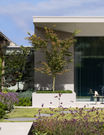

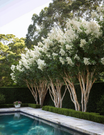





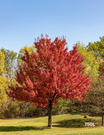


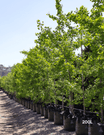









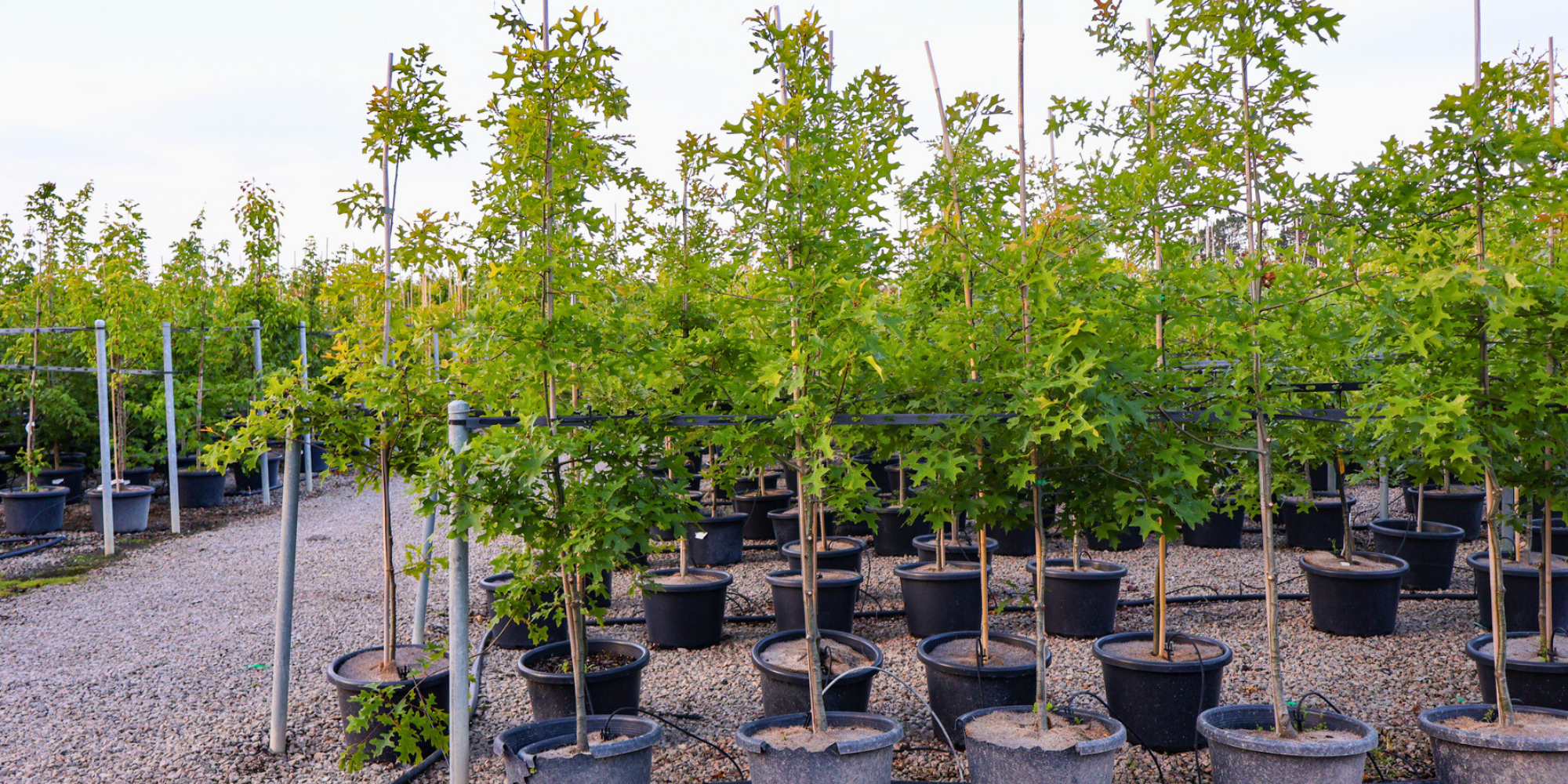
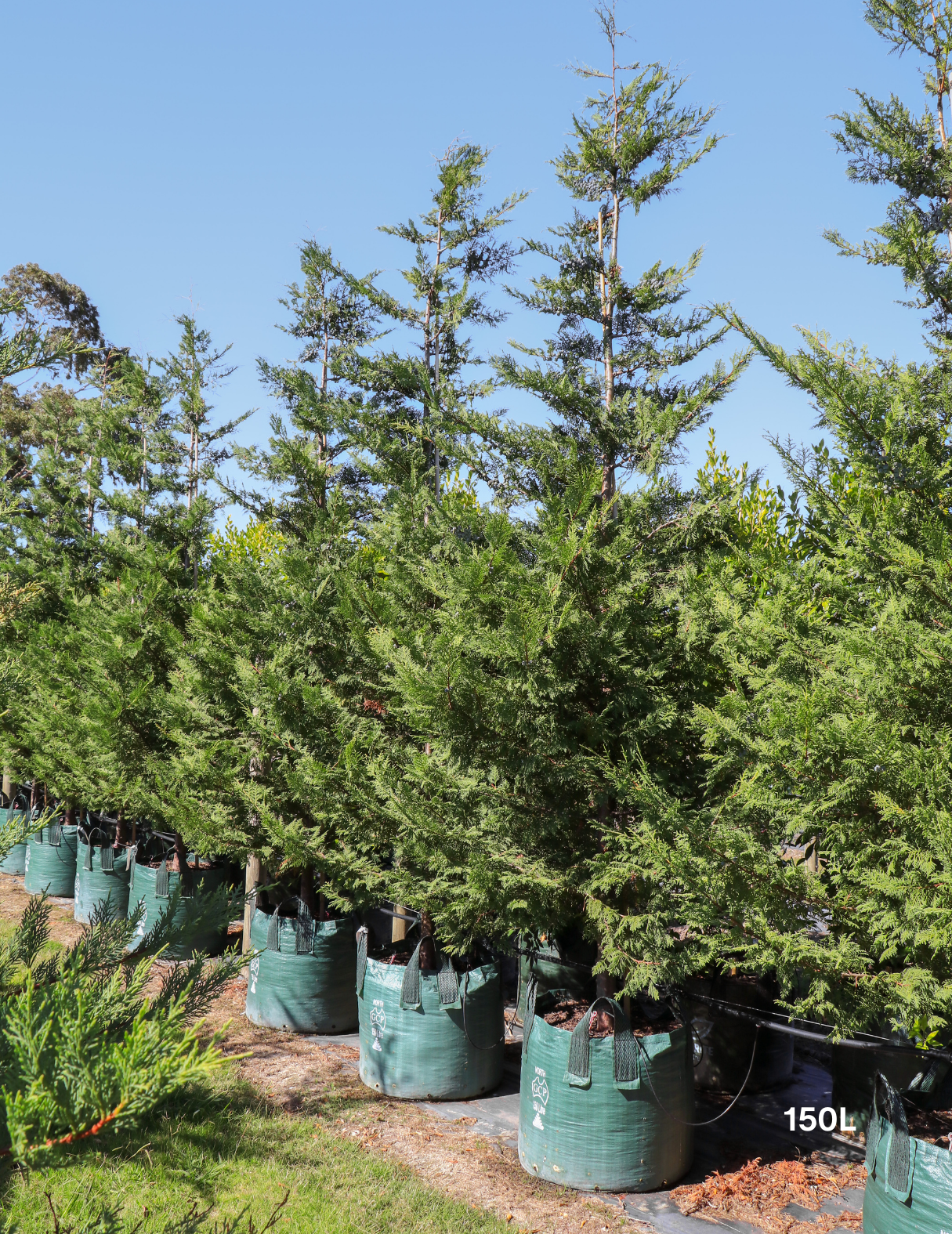







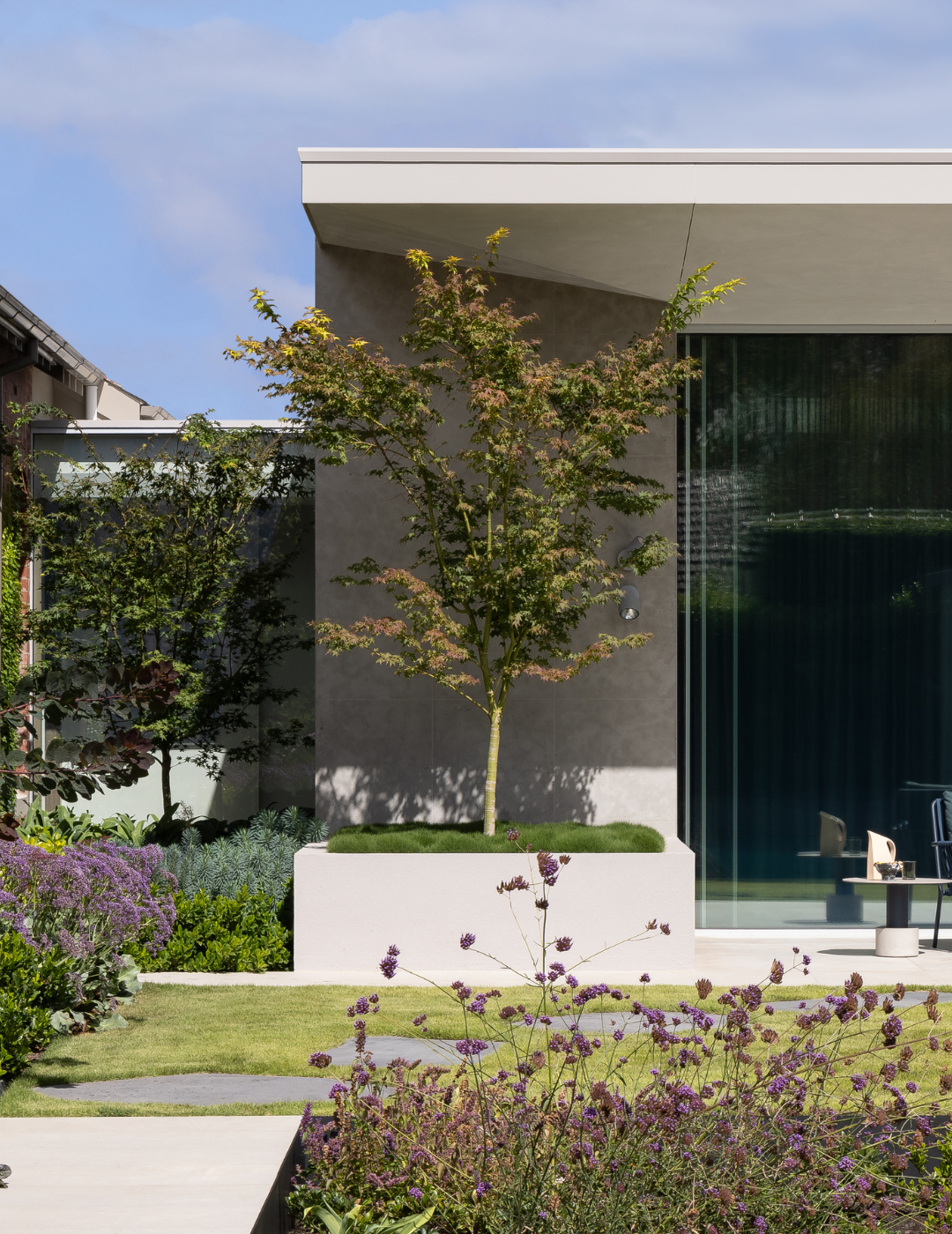



Leave a comment
This site is protected by hCaptcha and the hCaptcha Privacy Policy and Terms of Service apply.